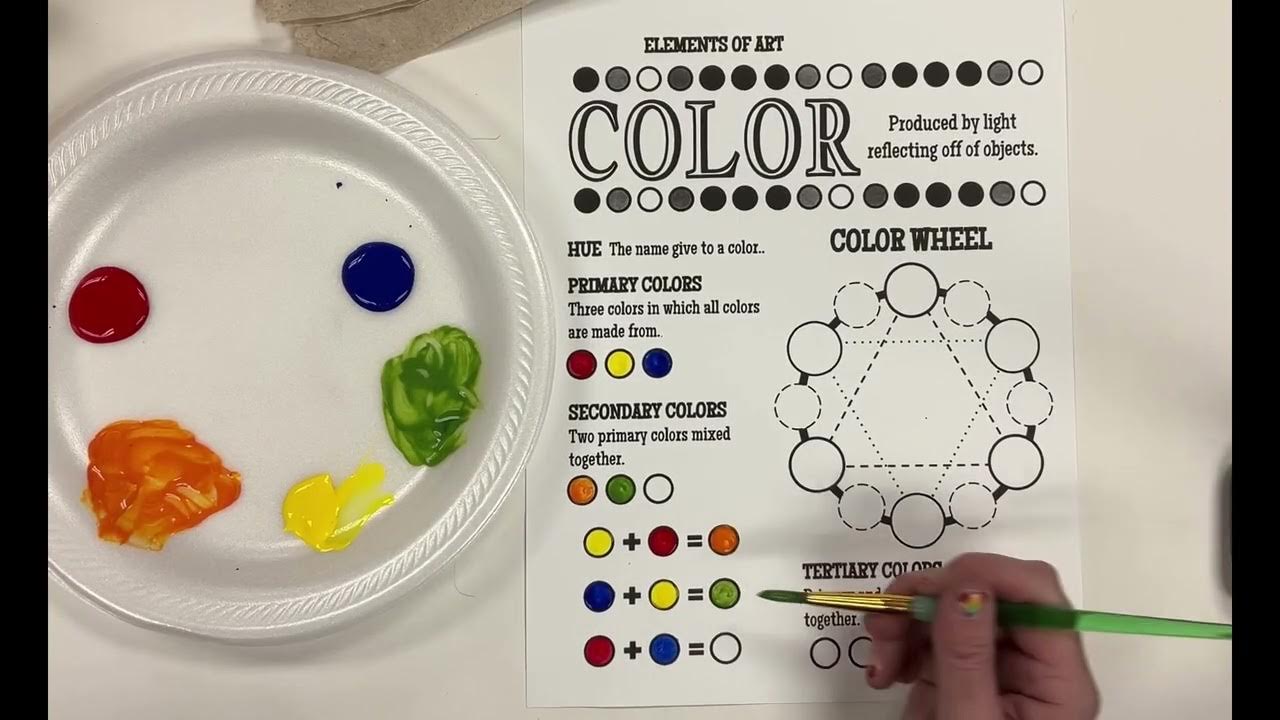Colors in Russian
Summary
TLDRIn this video, Fedor introduces viewers to the basics of color vocabulary in Russian, covering common colors like black, white, blue, red, green, yellow, brown, light blue, orange, and purple. He explains how these colors change based on grammatical gender (masculine, feminine, neuter) and provides examples. Fedor also encourages viewers to practice by describing five objects they see around them using the Russian color adjectives. He emphasizes learning through practice and invites viewers to engage by commenting their color descriptions. The video offers an insightful way for beginners to expand their Russian language skills.
Takeaways
- 😀 Russian color adjectives change depending on the gender of the noun they describe (masculine, feminine, neuter).
- 😀 The word 'чёрный' (black) is used in its masculine form as 'чёрный', feminine form as 'чёрная', and neuter form as 'чёрное'.
- 😀 The adjective for each color ends differently depending on gender: masculine ('-й'), feminine ('-ая'), and neuter ('-ое').
- 😀 'зелёный' (green) can also mean something unripe or not fully developed, such as green bananas or other unripe fruits.
- 😀 'жёлтый' (yellow) can be used informally to describe someone immature, although it's a rare usage.
- 😀 'голубой' (light blue) is often used to describe the color of the sky, and in slang, 'Г-бой' can refer to a gay person (though not typically offensive).
- 😀 To practice Russian color adjectives, describe five objects you see by pairing their color with the noun (e.g., 'жёлтый банан' for yellow banana).
- 😀 Russian adjectives for colors often follow simple gender rules, with no changes in spelling when the noun is plural.
- 😀 The speaker uses a hands-on approach by encouraging viewers to practice color adjectives through real-world examples and exercises.
- 😀 The speaker explains that learners should not just listen but actively practice writing color-noun combinations for better learning.
Q & A
What is the Russian word for 'black'?
-The Russian word for 'black' is 'чёрный' (chorny).
What does the Russian word 'зелёный' (zelony) refer to besides the color green?
-'зелёный' (zelony) can also refer to something that is not ripe or fresh, such as unripe fruit or vegetables.
How is the color 'red' expressed in Russian?
-The color 'red' in Russian is 'красный' (krasny). It can also be used to describe someone's cheeks when they turn red due to embarrassment or shame.
What is the meaning of 'жёлтый' (zhyolty) in Russian, and what additional meaning does it have?
-'жёлтый' (zhyolty) means 'yellow' in Russian. It can also describe something immature or not fully developed, such as an unripe fruit or a person who is not mature.
What color is represented by the word 'голубой' (goluboy) in Russian?
-'голубой' (goluboy) represents the color sky blue in Russian. It can also be used colloquially to refer to someone who is gay, though it's not considered highly offensive.
How do the endings of Russian color adjectives change based on gender?
-In Russian, color adjectives change endings based on gender: masculine adjectives have the base form of the color (e.g., 'чёрный' for black), feminine adjectives end with '-ая' (e.g., 'чёрная'), and neuter adjectives end with '-ое' (e.g., 'чёрное').
What is the Russian word for 'blue' and its common usage?
-The Russian word for 'blue' is 'синий' (siniy). It is the common term for blue in Russian.
What is the Russian term for 'white' and how is it written?
-'White' in Russian is 'белый' (bely).
What is the Russian word for 'purple'?
-'Purple' in Russian is 'фиолетовый' (fioletovyy).
What practice exercise does the speaker suggest to learners of Russian in the video?
-The speaker suggests that learners look around their environment, choose five objects, and describe their color in Russian, writing down sentences using the color-noun combinations.
Outlines

This section is available to paid users only. Please upgrade to access this part.
Upgrade NowMindmap

This section is available to paid users only. Please upgrade to access this part.
Upgrade NowKeywords

This section is available to paid users only. Please upgrade to access this part.
Upgrade NowHighlights

This section is available to paid users only. Please upgrade to access this part.
Upgrade NowTranscripts

This section is available to paid users only. Please upgrade to access this part.
Upgrade NowBrowse More Related Video
5.0 / 5 (0 votes)





